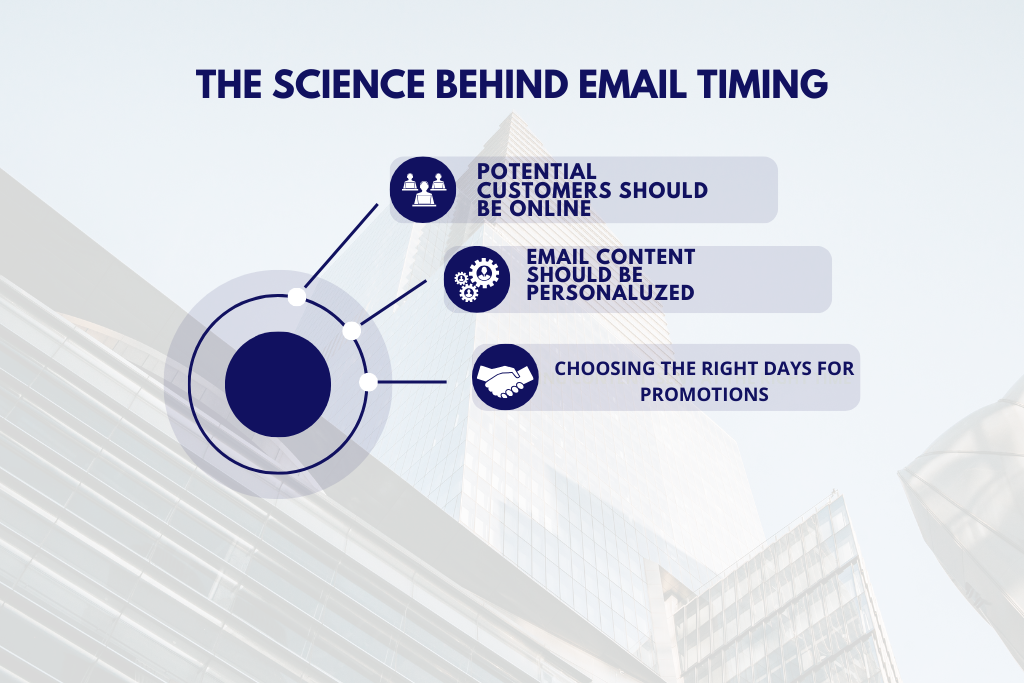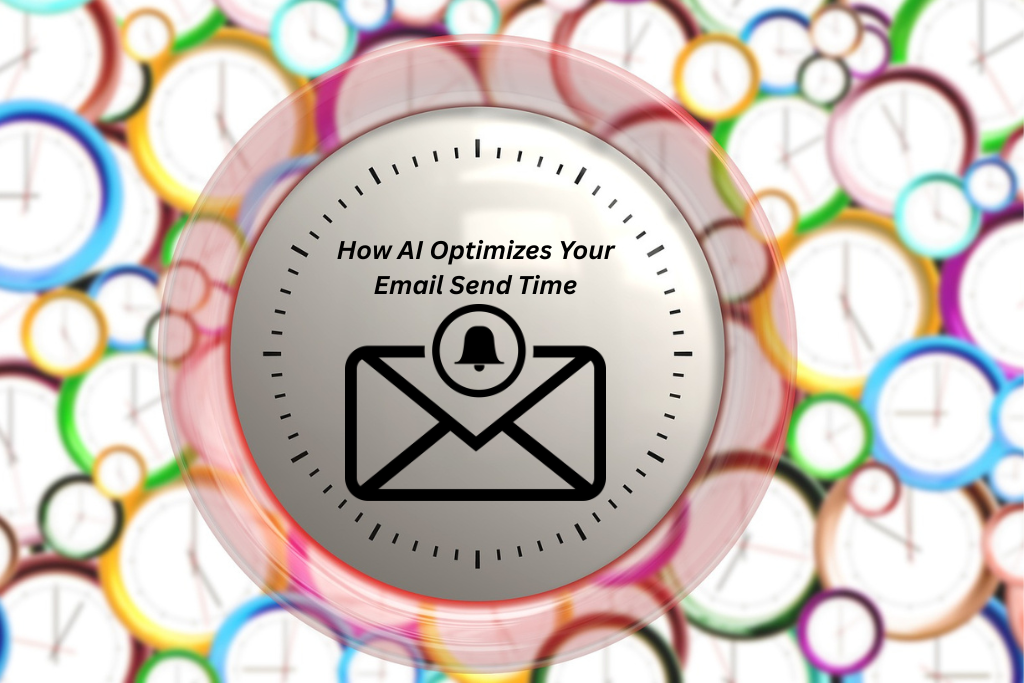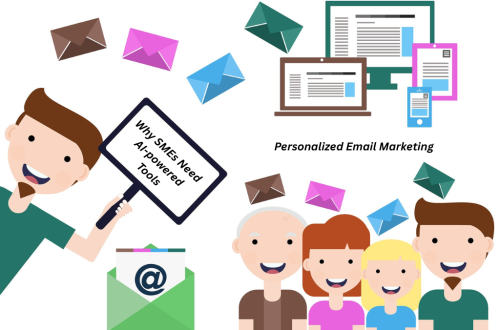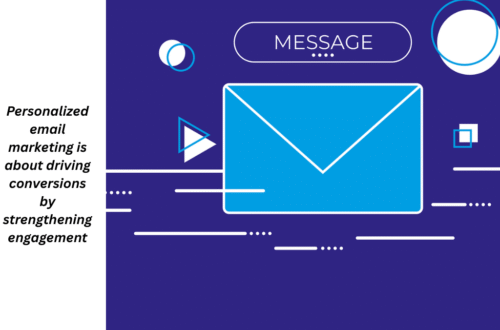
Timing Is Everything: How AI Optimizes Your Email Send Time
Ever wonder why some emails get opened instantly while others sit unread for days? There could be several reasons behind this frustrating situation, and one of them is the email send time.
If you are also the one struggling with email open rate, then this article is for you. A low email open rate happens when subscribers do not open your email to read your message. Email send time plays a crucial role in determining when your targeted audience is active online and will open your message.
Especially when you are targeting an international audience, you need to understand the science behind email timing and how it impacts your marketing efforts. Adjusting your email send time will improve the frequency of open rate. There are AI tools that will help you send the right number of personalized emails every week, at the right time, and with the right content.
Why Email Timing Matters
Email timings have a great impact on achieving your email marketing goals. Sending emails at peak email checking hours boosts their open rates. For instance, the appropriate times, such as a 2 pm or 8 pm increases the chances of your emails getting noticed. Also sending emails when your subscriber are most likely to engage on click enhances their CTRs. when the subscriber opens your email, read a convinge personalized message, they feel connected and this improves your conversion rate.
Best Email Send Times to Boost Open Rate
If you want your marketing emails to get noticed? Aim for midweek. Data shows that Tuesday edges out the competition with the highest average open rate at 11.36%. But don’t count out Wednesday and Thursday, as they follow closely with 11.33% and 11.29%.
So what does this mean for you? Your best shot at grabbing attention is between Tuesday and Thursday. These midweek days tend to be the sweet spot when inboxes are checked more consistently.
Now let’s talk about clicks. Friday and Sunday take the lead when it comes to getting people to click through, both scoring strong averages of 13.58% and 13.57%, respectively. Wednesday also performs well, reinforcing the earlier point that midweek can be a powerful window for engagement.
What to avoid? Mondays. With a clickthrough rate of just 13.07%, it’s the lowest-performing day of the week, likely due to packed schedules and overloaded inboxes.
But here’s where things get clear conversion rates. If your goal is to drive purchases, Friday stands out as the top-performing day by far. Customers who engage with emails on Fridays are more likely to follow through with a purchase.
Close behind are Thursday, Sunday, and even Monday, all clustering in the 5.32% to 5.34% conversion range. To boost conversions, plan your campaigns for Friday. That’s when clicks are most likely to turn into real action.
Best Day to Send Email
Here’s what the latest data suggests about when you should hit “send” on your marketing emails. If you’re chasing higher open rates, Tuesday is your best bet. For clicks and conversions, Friday consistently comes out on top.
That said, the middle of the week, Tuesday through Thursday, generally offers the most balanced performance across open rates, clickthroughs, and conversions.
Friday also deserves a spot in your testing schedule, especially if you’re focused on driving action. But here’s the catch. What works for one brand might not work for another. Some marketers also found success by experimenting with less crowded days like Sunday, when inbox competition is lower and emails are more likely to stand out.
Traditional Email Scheduling vs. AI-Driven Timing
First, let’s get into a brief discussion about the benefits of AI-driven scheduling. Traditional email scheduling decreases productivity as it needs basic software and human oversight. The process is time-consuming and has certain limitations with scalability.
The AI-driven email timings reduce manual efforts. These emails are optimized and adapt to changes in real time, reducing time consumption and human errors. Although these emails you send using AI tools are equipped with informative insights and engaging content, there are some drawbacks too.
For instance, the implementation cost of these emails is high as compared to the traditional methode. Moreover, sending email using artificial intelligence raise concernes about transparency issues.
| Features | Traditional Scheduling | AI Scheduling |
| Cost | Low | High |
| Efficiency | Moderate | High |
| Real Time Data | Lacks real-time data | Leverage real-time data |
| Customer Satisfaction | Moderate | High |
| Error Risk | High | Low |
How AI Determines the Best Send Time
AI analyzes the recipients insights, behavioral data and demographics to determine the optimal time for sending emails. The emails send at these times are liklier to get more engagement and CTRs. Along with that, you need to fine tune your email content through data analysis and A/B testing and AI tools are best for this purpose.
Next comes send time optimisation or STO, which is an important component of AI hyper-personalization software used for email timings. STO involves turning the gathered data into useful insights to analyze their targeted audience’s behavior, habits, and time.
These insights enable AI tools to evaluate the best times when the individual is more likely to open the email and positively react to its content. Also, when the person’s habits change over time, AI tools record this transition and use it for personalization in the future.
These aspects of using AI tools for sending emails make them agame changer for SMEs trying to get optimum results from their marketing campaigns.
Conclusion
Email marketers know that sending emails at right times have a great impact on their effectivity. Although traditional methods have their perks, they cannot beat using AI tools for sending emails at optimum timings. Therefore, prefer choosing the second option but remember to use these tools under human surveliance to minimize the error risk.







One Comment
Pingback: